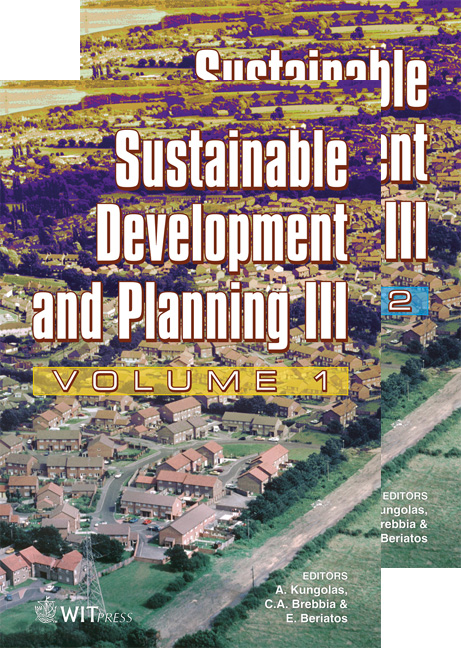Applicability Of The Contingent Valuation Method To Cost-benefit Analysis For Rural Parks
Price
Free (open access)
Transaction
Volume
102
Pages
10
Published
2007
Size
354 kb
Paper DOI
10.2495/SDP070702
Copyright
WIT Press
Author(s)
Y. Kunimitsu
Abstract
Rural parks are public projects that need to be evaluated by cost-benefit analysis, but this is difficult due to the lack of market value. This paper evaluates the applicability of the contingent valuation method (CVM) by analyzing the relation between benefits of the park and visitation range. Evaluation models for willingness-to-pay (WTP) were modified with consideration of visitation behaviour of residents estimated by the gravity model. The results indicate that: (1) benefits evaluated by the WTP value decrease with distance, not because of a decreasing tendency in the WTP value itself, but because of a decline in visitation frequency influenced by distance; and (2) benefits of all residents increased because of a rise in the number of non-visitors when the researchers set the survey range wider, however, benefits evaluated by visitors’ WTP converged to a constant level at a certain range. Therefore, the critical factor for applying the CVM to a cost-benefit analysis with stability is to exclude, or to control, the WTP value of non-visitors, especially non-visitors outside of the feasible visitation range. Keywords: gravity model, visitation frequency, visitation range, willingness-topay (WTP). 1 Introduction Rural parks have been constructed as public projects by local governments in the countryside. Green fields, walking tracks, and irrigation canals similar to natural creeks are constructed in the park to improve amenities relating to the rural landscape and living environment, as well as to preserve the natural environment and wildlife.
Keywords
gravity model, visitation frequency, visitation range, willingness-topay(WTP).





